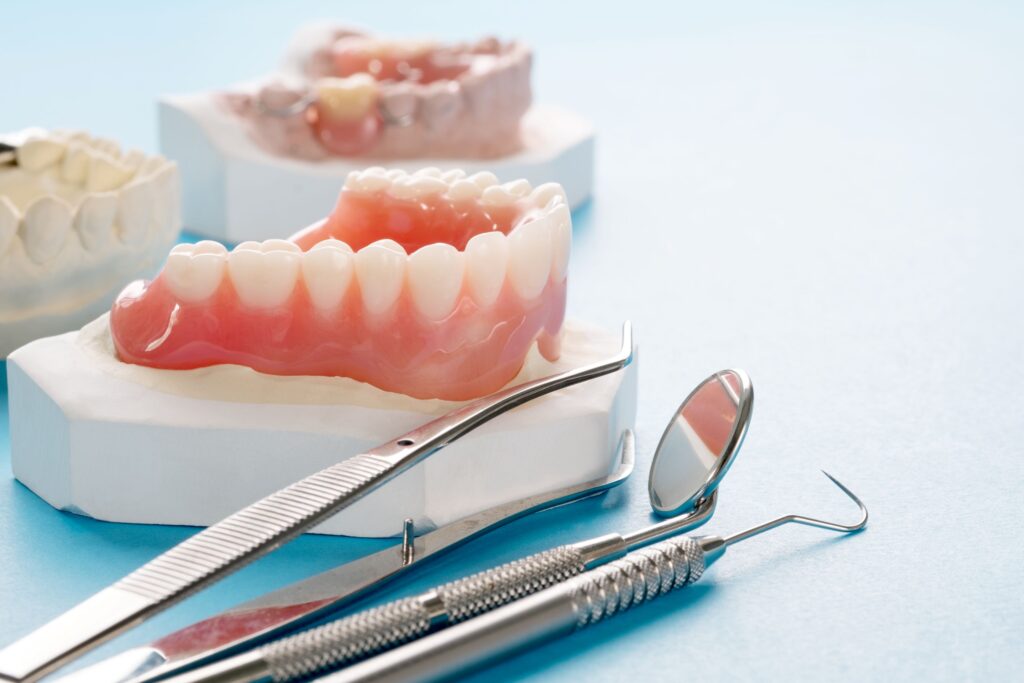
There are several ways to rebuild your smile after tooth loss, but dentures are the tried-and-true solution. These prosthetics are made from lifelike materials designed to look realistic without sacrificing comfort. Usually, they consist of a gum-colored acrylic base with resilient porcelain pontics (artificial teeth), though there are a variety of available options.
Although these materials are commonplace today, that hasn’t always been the case. Continue reading to learn about the fascinating evolution of dentures so you can appreciate your new restoration that much more!
Prehistoric Pieces
So far, the first dentures we know of can be traced to about 700 BC to the Etruscan culture of northern Italy. The human body rejects many foreign materials and they didn’t have access to manmade options, so they relied on dental replacements of animal or human teeth wrapped with gold wires. It’s believed that these first attempts were likely intended to be more cosmetic than functional.
Similar rudimentary restorations have been found at archaeological sites in Egypt and Mexico, though these societies used other local materials like precious stones, bone, or seashells.
Material Changes
Many people are surprised to learn that the earliest surviving set of complete dentures was made of wood and dates to 16th century Japan. However, wooden teeth were popular from that period until the 19th century because they were resilient and could be carved to look more naturalistic.
Then, in the 1800s, sugar consumption skyrocketed in Europe, and most people lost all their teeth by the time they turned 50. There was an increased demand for replacements, and one gruesome but reliable source was from soldiers who had fallen on the battlefield. After the Battle of Waterloo in 1815, the practice of stealing from cadavers was so common that dentures that included human samples were known as “Waterloo teeth.”
Porcelain Prosthetics
The first set of porcelain dentures is believed to have been created by a British physician in 1774. However, they didn’t gain much popularity because the teeth looked unnaturally bright and tended to chip easily. Then, in 1820, porcelain teeth were mounted into gold plates with springs and swivels to function more normally.
Unfortunately, this resilient ceramic was expensive at the time, so most people couldn’t afford these dentures. Finally, in the mid-1800s, the Goodyear family developed hardened rubber that researchers learned made an ideal base for artificial teeth. It was less costly than gold, and could be custom-fitted to a patient’s gums to fit like a glove.
Now, dentures can be made using high-tech equipment, like digital impressions, advanced computer software systems, and 3D printing, leading to more accurate, beautiful, and comfortable restorations!
About the Author
Dr. Aliana Henkin prefers a gentle and compassionate approach to dental health to prioritize patient comfort. She earned her dental doctorate from the Rutgers School of Dental Medicine and has since committed hours of ongoing education in specific topics like cosmetic and restorative dentistry. Now, she’s a valued member of the American Dental Association and other prestigious organizations, so you can trust that your smile is in good hands. If you need help replacing missing teeth, you can request a consultation on the website or call (862) 260-4116.
